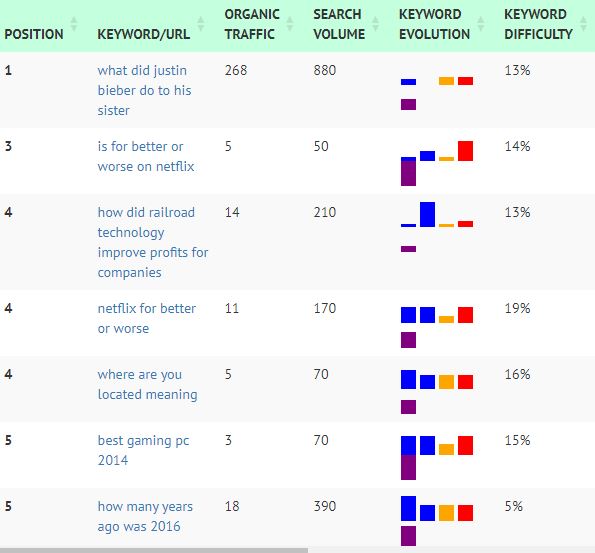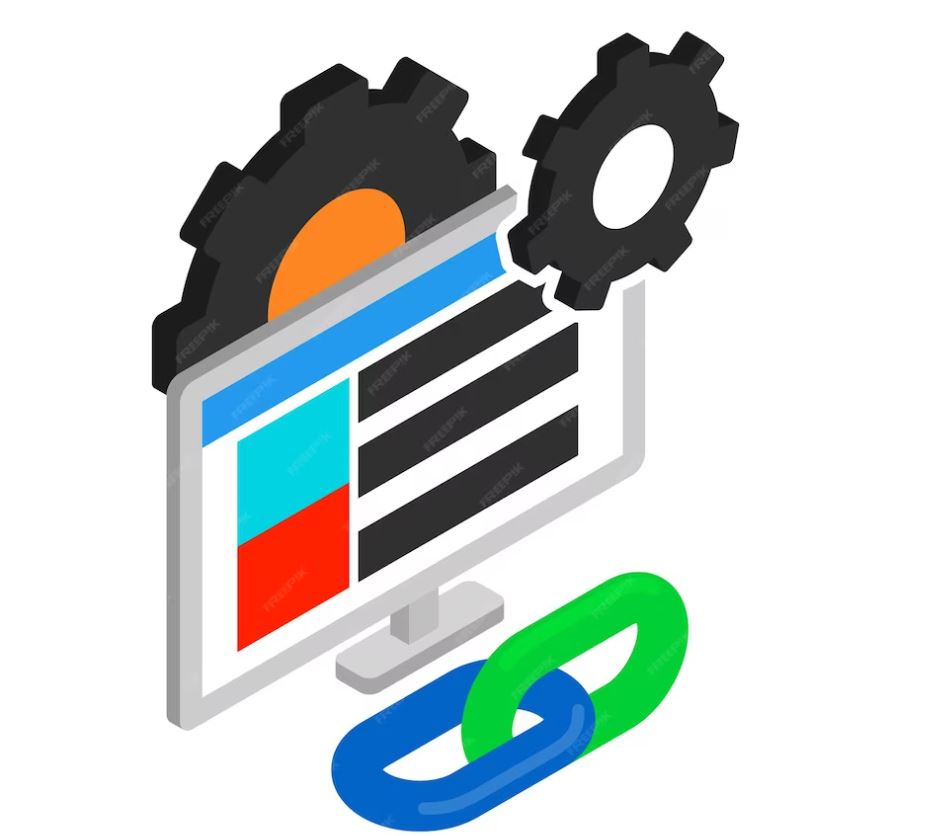Do you want to know how popular your website is compared to your competitors?
Knowing your website's popularity can help you:
- Understand your market share and position.
- Identify your strengths and weaknesses.
- Discover new opportunities and threats.
- Benchmark your performance and progress.
- Set realistic and achievable goals.
But how can you track and compare your website traffic?
In this post you will learn:
- What is website popularity and why is it important?
- How to track your website traffic using various metrics and tools.
- How to compare your website traffic to your competitors using various methods and tools.
- How to use your website popularity data to improve your website and increase your traffic.
What is website popularity and why is it important?
A website's popularity is a measure of how much traffic a website receives from various sources such as:
- Search engines (organic traffic).
- Social media platforms (social traffic).
- Other websites (referral traffic).
- Email campaigns (email traffic).
- Paid ads (paid traffic).
- Direct visits (direct traffic).
A website's popularity is important because it reflects how well your website reaches attracts and engages your target audience.
The more popular your website is the more likely you are to:
- Generate more leads and sales.
- Build more authority and trust.
- Increase your brand awareness and reputation.
- Increase your customer loyalty and retention.
- Reduce your marketing costs and increase your ROI.
A website's popularity is also a relative concept meaning it depends on how you compare your website to others in your niche industry or market.
- For example a website that receives 10000 visits per month might be considered popular in a small niche market but not in a large and competitive market.
That's why it's important to track your website traffic and compare it to your competitors so you can get a better idea of where you stand and how you can improve.
How to track your website traffic
The first step to tracking your website popularity is to track your website traffic.
There are many metrics and tools you can use to track your website traffic such as:
- Visits: The number of times a user accesses your website
- Visitors: The number of unique users accessing your website
- Page Views: The number of times a page on your website is viewed by a user
- Bounce Rate: The percentage of users who leave your website after viewing just one page
- Average time on page: The average time a user spends on a page on your website
- Average Session Duration: The average time a user spends on your website during a single visit
- Pages per session: The average number of pages a user views in a single visit to your website
- Traffic Sources: The channels or platforms that direct users to your website
- Traffic Cost: The estimated value of traffic your website receives from organic or paid sources
- Traffic Rank: Your website's position in terms of traffic compared to other websites in the world or in a specific country or category
Some of the best tools for tracking your website traffic are Google Analytics and Lookkle Web Traffic Checker, free and powerful web analytics platforms that provide you with a wealth of data and insights about your website and your users.
Lookkle web traffic checker
Lookkle web traffic checker is a set of tools and methods that can help you analyze the traffic of any website, including your own or your competitors.
By using lookkle web traffic checker, you can:
- Estimate the popularity and authority of a website based on its traffic rank, traffic value, and traffic sources
- Identify the keywords and pages that drive the most traffic to a website and optimize your own content and SEO accordingly
- Discover the audience and market of a website based on its traffic demographics, geographics, and interests
- Compare your website’s traffic with your competitors’ and find out your strengths and weaknesses, opportunities and threats, and goals and strategies
Some of the tools and methods that lookkle offers are:
- Website Traffic Checker: This tool allows you to see the monthly traffic, bounce rate, time on site, and other statistics of any website.
- Organic Traffic Analytics Tool: This tool allows you to see the web traffic that any website receives from major search engines.
Lookkle web traffic checker is a free and easy-to-use service that can help you improve your website and grow your traffic. You can use it by visiting their website and entering any website or webpage URL.
Google Analytics
Google Analytics allows you to track and analyze your website traffic through various reports such as:
- Audience reports: These reports show you who your users are where they come from and how they behave on your website
- Acquisition reports: These reports show you how your users find your website what channels or sources they use and how they interact with your website
- Behavior Reports: These reports show you what your users do on your website what pages they view and how they navigate your website
- Conversion reports: These reports show you how your users are achieving your goals such as: E.g. logging in downloading something or purchasing something on your website
To use Google Analytics you must create an account add your website as a property and install a tracking code on your website.
You can then access your Google Analytics dashboard and examine your website traffic data.
How to compare your website traffic to your competitors
The second step to tracking your website's popularity is to compare your website's traffic to that of your competitors.
There are many methods and tools you can use to compare your website traffic with your competitors for example:
- Benchmarking: This method compares your website's traffic metrics with the average or best performer in your industry niche or market.
- Competitive analysis: This method compares your website's traffic metrics with the specific performance of your direct or indirect competitors.
- Gap analysis: This method compares your website's traffic metrics with the potential or missed opportunities in your industry niche or market.
How to use your website popularity data to improve your website and increase your traffic
The third and final step to tracking your website popularity is to use your website popularity data to improve your website and increase your traffic.
There are many ways you can use your website popularity data to improve your website and increase your traffic such as:
- Identify and resolve any issues or errors on your website that could be impacting your traffic such as: broken links, slow loading speed, poor design or low-quality content.
- Optimize your website for SEO and user experience such as using relevant keywords, meta tags headings, images videos and more.
- Create and publish more epic content that provides value quality and uniqueness to your audience and solves their problems or meets their needs.
- Promote your content to your target audience through various channels and platforms such as email social media influencers guest blogging or paid ads.
- Test and experiment with different elements and strategies on your website and content such as:
E.g. headings calls to action colors layouts or formats. - Analyze and measure the performance and impact of your website and content using various metrics and tools such as conversions sales ROI or feedback.
- Learn and improve your website popularity data and insights.
E.g: Your strengths and weaknesses your opportunities and threats as well as your goals and progress.
This way you use your website popularity data to improve your website and increase your traffic.
Conclusion
Website popularity is a measure of how much traffic a website receives from various sources.
A website's popularity is important because it reflects how well a website reaches attracts and engages its target audience.
To track and compare your website popularity you need to do the following:
- Track your website traffic using various metrics and tools such as Google Analytics or Lookkle Web Traffic Checker.
- Compare your website traffic with that of your competitors using various methods and tools such as Lookkle, Ahrefs or Ubersuggest.
- Use your website popularity data to improve your website and increase your traffic in various ways such as: by creating epic content or optimizing your website for SEO.
Tips on SEO and Online Business
Next Articles
Previous Articles














